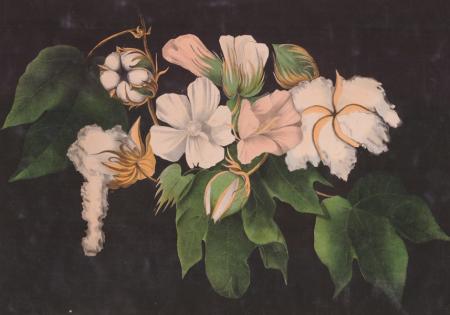
American Antiquarian Society
185 Salisbury Street
Worcester, MA 01609
United States
The Center for Historic American Visual Culture (CHAViC) encourages and facilitates the use and understanding of popular images by scholars in a variety of disciplines including American studies, history, art and architectural history, English, gender studies, literature, religion, theatre, and environmental studies. The 2014 Summer Seminar, The Art of Science and Technology, 1750-1900, will be held Sunday, July 13 through Thursday, July 17, at the American Antiquarian Society, 185 Salisbury Street, Worcester, MA.
The 2014 seminar will take a broad and inclusive view of science and technology in the era before academic and corporate institutions came to dominate both. In addition to the formal disciplines of scientific inquiry pursued by “gentlemen of science”—botany, geology, medicine and the like—we will also consider the popularity of science and pseudo-science in public life, along with the practical applications of scientific knowledge in everyday life, such as gardening and cooking, especially by women. By the same token, our notion of technology includes both the large, transformative developments—factories and railroads, for instance—and also the smaller, more immediate technologies of the home and artisan’s shop, including the technologies of art and science themselves. The goal of the seminar is to help participants see science and technology in the ways American people might have done before 1900, and to bring those lessons in “how to look” and an array of related visual materials to their research and teaching.
Through workshops and lectures the seminar will allow participants first-hand access to the rich collections of eighteenth and nineteenth-century prints, photographs, book illustrations, periodicals, newspapers, maps, sheet music covers, and ephemera of all kinds at AAS. The seminar will include a field trip to an historic site exploring the American Industrial Revolution.
Sample of Readings for discussion during the week:
Michael Gaudio, “Surface and Depth: The Art of Early American Natural History,” in Stuffing Birds, Pressing Plants, Shaping Knowledge, ed. Sue Ann Prince (Philadelphia, 2003), pp.55-73.
Laura Rigal, “Peale’s Mammoth,” in The American Manufactory: Art, Labor, and the World of Things in the Early Republic (Princeton, 1998), pp. 91-113.
Christophe Irmscher, “Audubon at Large,” in The Poetics of Natural History: From John Bartram to William James (New Brunswick and London, 1999), pp. 188-235.
John James Audubon, “The Golden Eagle,” in Ornithological Biography, or an Account of the Habits of the Birds of the United States of America; Accompanied by Descriptions of the Objects Represented in the Work Entitled The Birds of America, and Interspersed with Delineations of American Scenery and Manners, 5 vols. (1831-1839), II, pp. 464-468; reprinted in John James Audubon: Writings and Drawings, ed. Christophe Irmscher (New York, 1999), pp. 264-268.